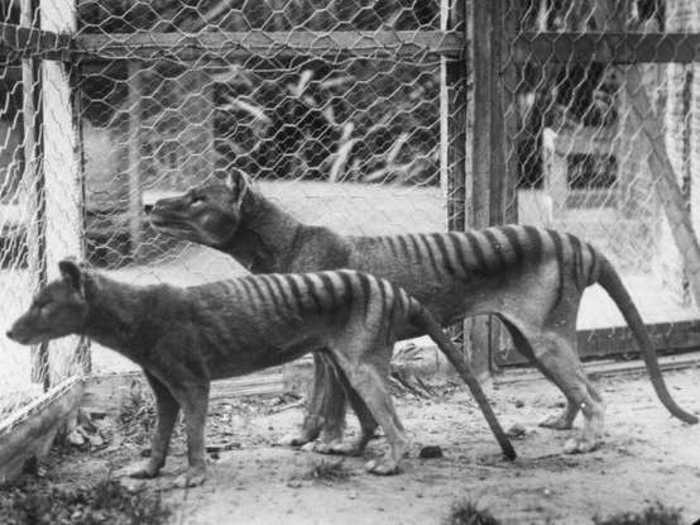The Most Irreplaceable Sites On Earth
The flat-topped mountains of Canaima National Park in southeastern Venezuela are among the world's most ancient rock formations and were the inspiration for Sir Arthur Conan Doyle's adventure novel "The Lost World." Canaima is also home the world's highest waterfall, Angel Falls, which is 15 times taller than Niagra Falls at 3,212 feet.

The Wet Tropics of Queensland cover roughly 3,500 square miles of Australian forest. Thirteen mammals that live in the Wet Tropics are found nowhere else in the world. This includes the green ringtail possum and kangaroo rats.
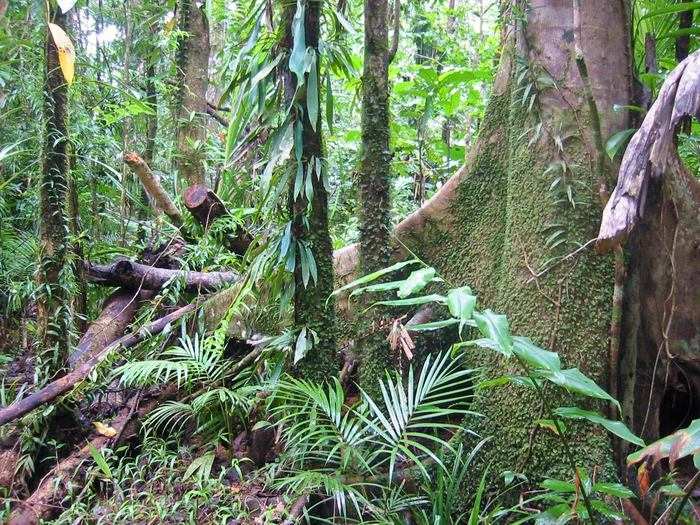
The Palawan Game Refuge and Bird Sanctuary in the Philippines is home to the endangered Palawan horned frog, the vulnerable Palawan peacock-pheasant, and the critically endangered Philippine cockatoo. Unfortunately, the natural forest is being destroy by mining and palm oil production.
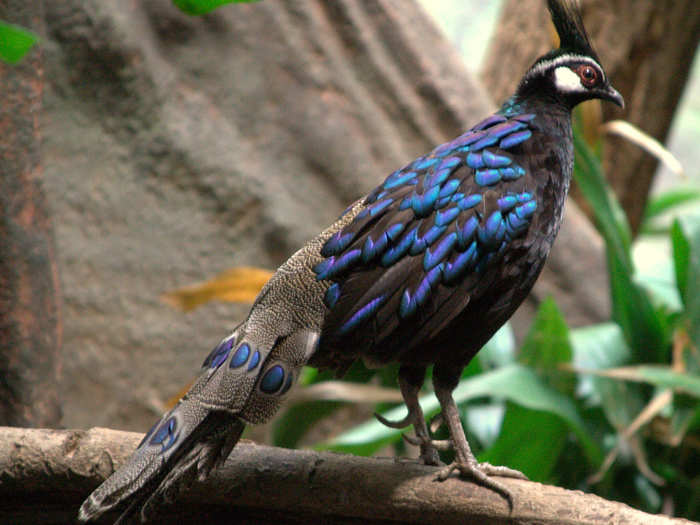
Lorentz National Park, located in the Indonesian province of Papua, is the largest protected area in southeast Asia. It stretches over 90 miles through a unique range ecosystems, from glaciers to mangroves to lowland forests.
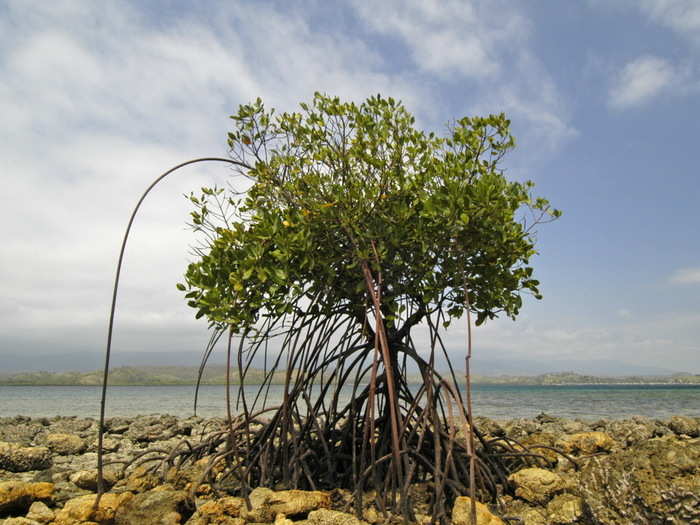
Sierra Nevada De Santa Marta, a mountain refuge for hundreds of species, is located in northern Colombia on the Caribbean coast. More than 600 bird species are found in this region, including the rusty-headed spinetail and white-lored warbler, which can't be found anywhere else on the planet. Certain amphibians and reptiles that live above 9,900 feet are also only found in this part of the world. The nature reserve faces threats from encroaching populations and illegal drug cultivation.
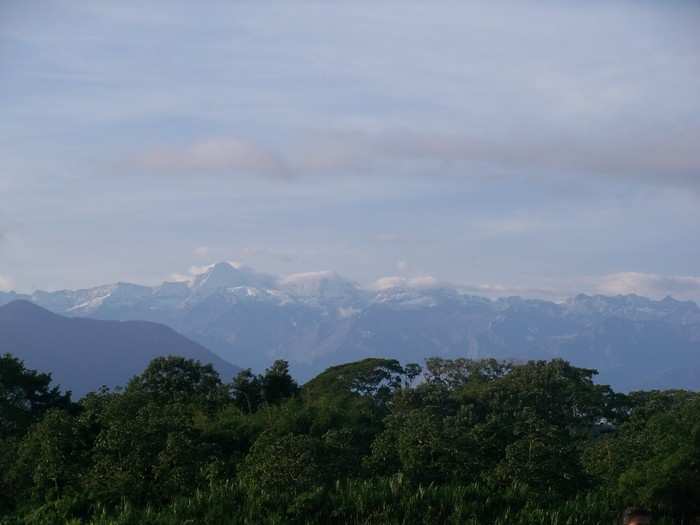
The Galápagos Islands, situated about 620 miles off the coast of Ecuador in the Pacific Ocean, is considered one of the most biologically rich marine ecosystems in the world. Species found nowhere else on Earth, like the giant tortoise, have evolved here in relative isolation for 4 million years. Today, the islands face threats from invasive species, like pigs, rats, and ants.
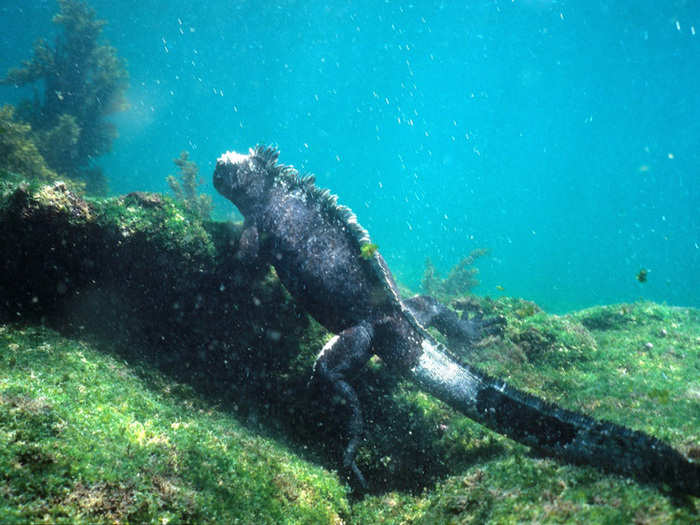
The Western Ghats, stretching nearly 1,000 miles from north of Mumbai to India's southern tip, harbors at least 300 threatened species. The planet's largest population of Asian elephants is found in the southwestern Ghats as well as 10% of the world's tigers. The Ghats' dense forests are threatened by logging, road construction, and agricultural clearing.
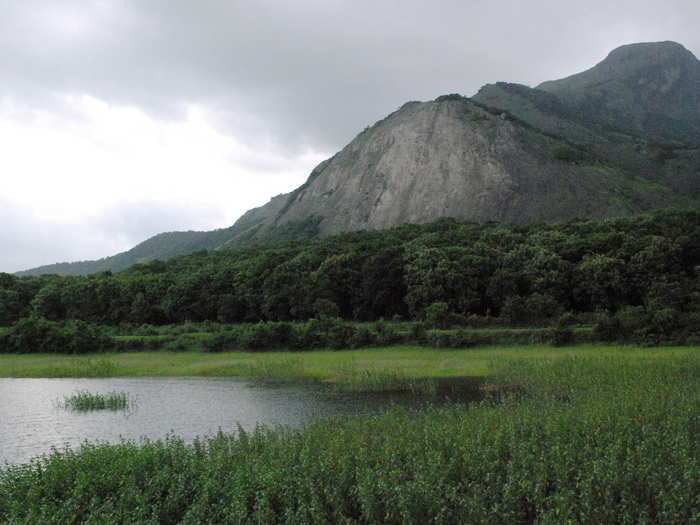
The Atsinanana Rainforest in Madagascar is an important habitat to at least 25 species of lemur, including the critically endangered silky sifaka. The animal's biggest threats come from illegal logging and hunting.
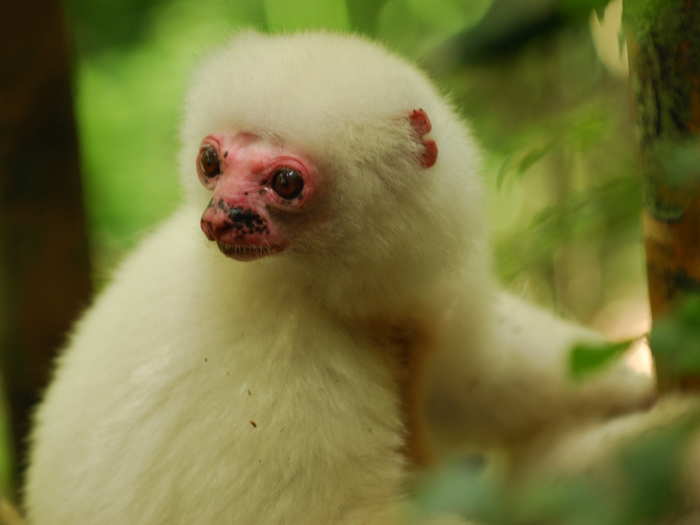
Between the mainland of Mexico and Baja California is a region known as the Islands and Protected Areas of the Gulf of California. The gulf was described by Jacques Cousteau as the "world's aquarium," but now faces pressure from climate change, commercial fishing, and pollution. The waters are home to the world's smallest and most endangered porpoise, the vaquita. It's also an important breeding ground for the blue whale, the world's largest animal.

The La Amistad/Talamanca Highlands, managed by Costa Rica and Panama, is the largest nature reserve in Central America. Most of the area is covered by tropical rainforests. The region contains at least 90% of Costa Rica's plant species and is home to diverse wildlife, including the ocelot, the central American squirrel monkey, and the giant anteater.
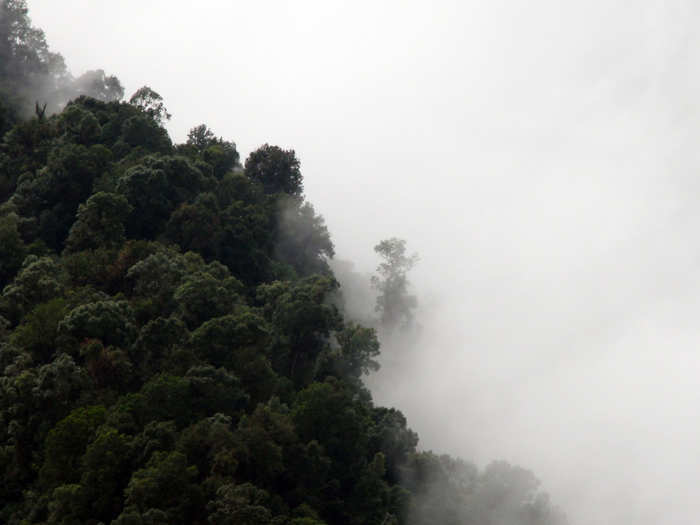
Popular Right Now
Advertisement
